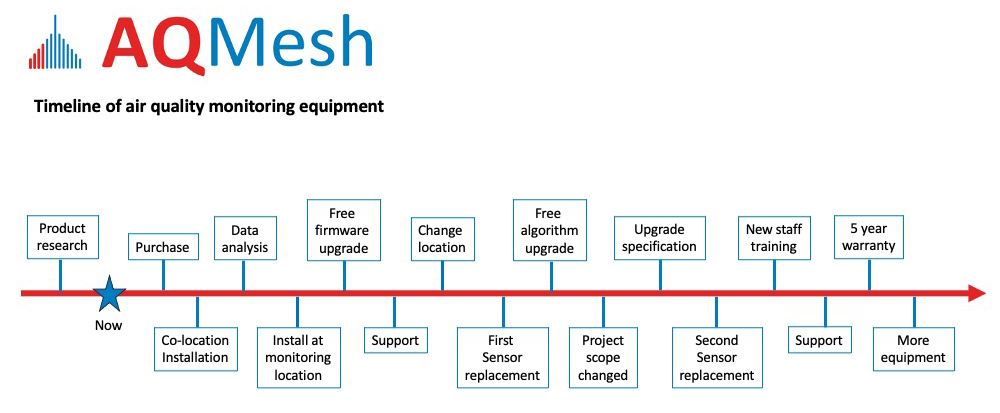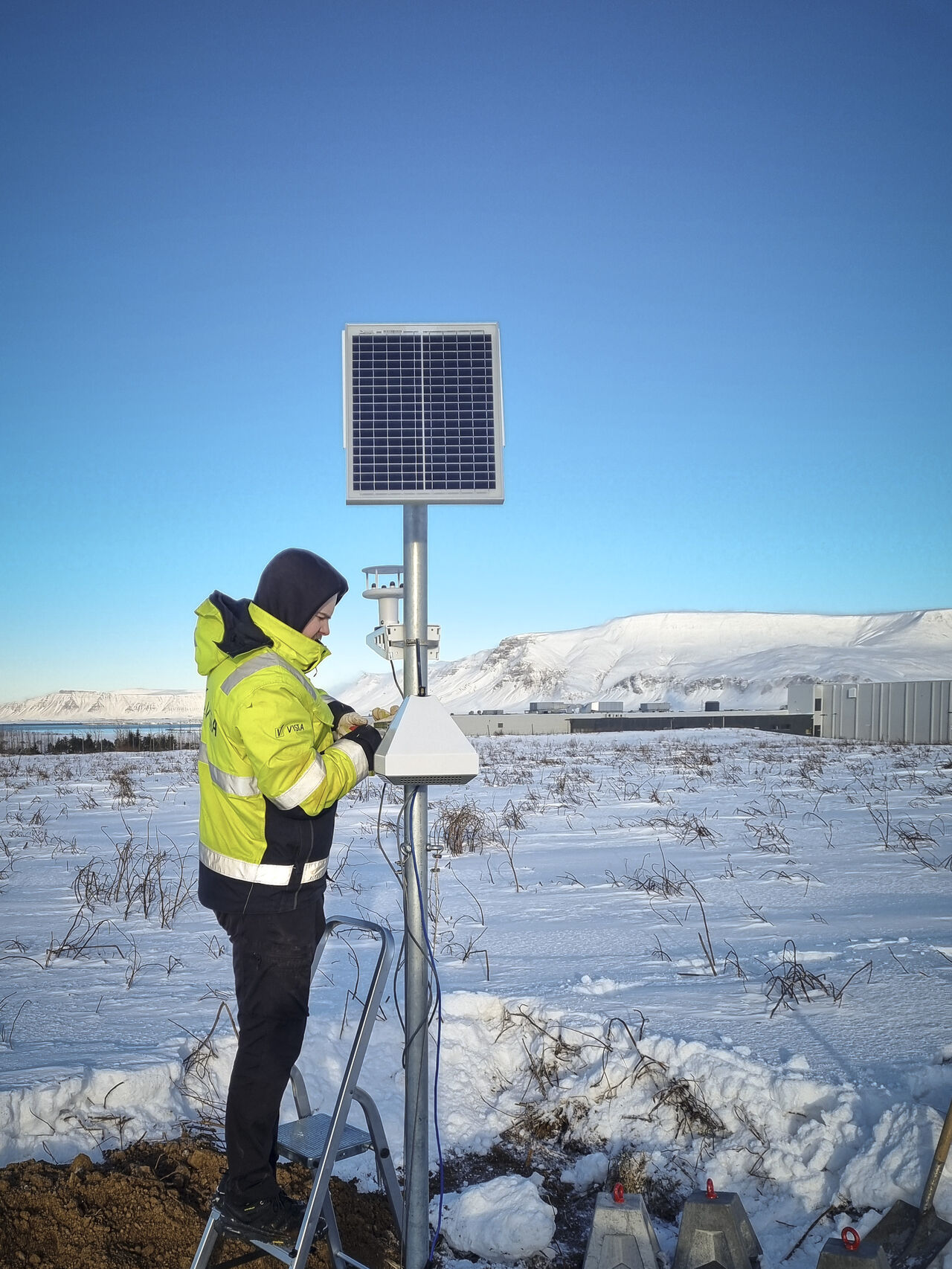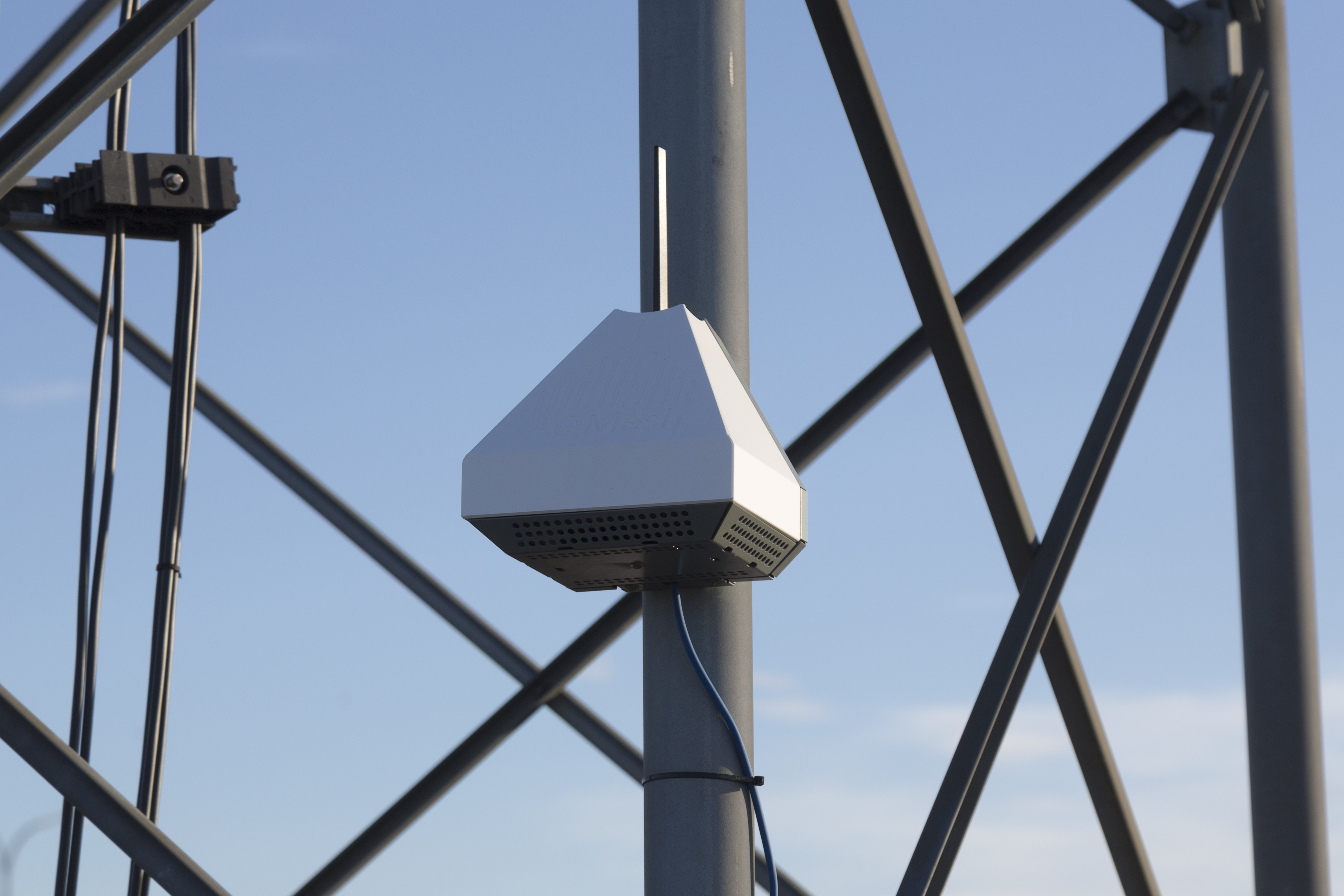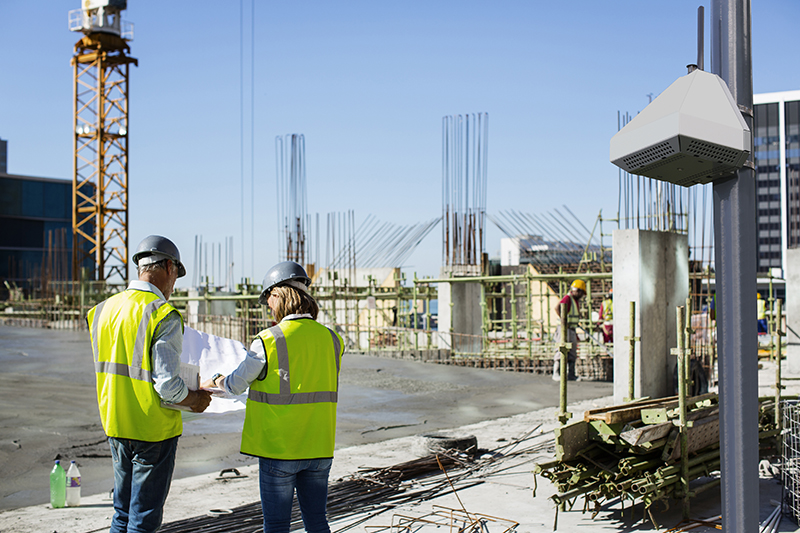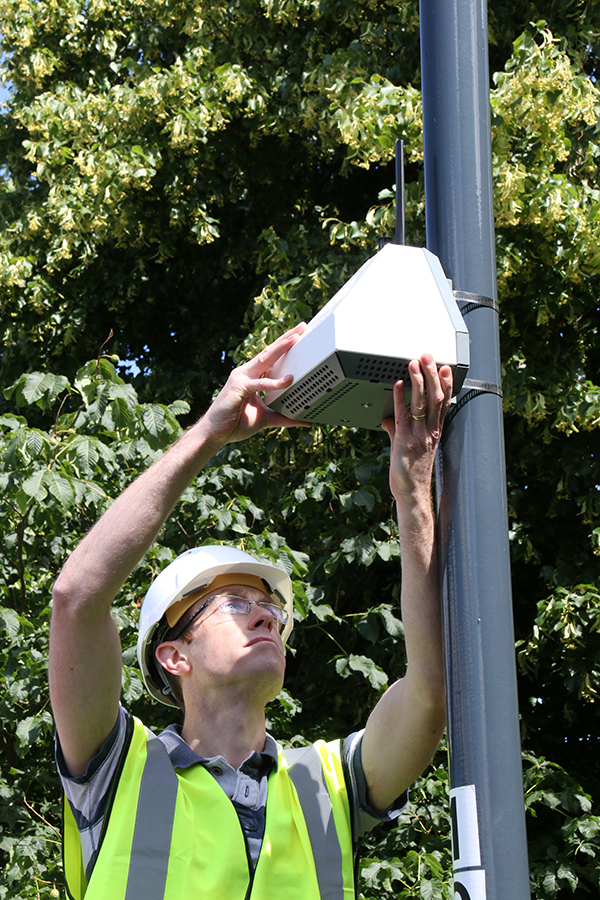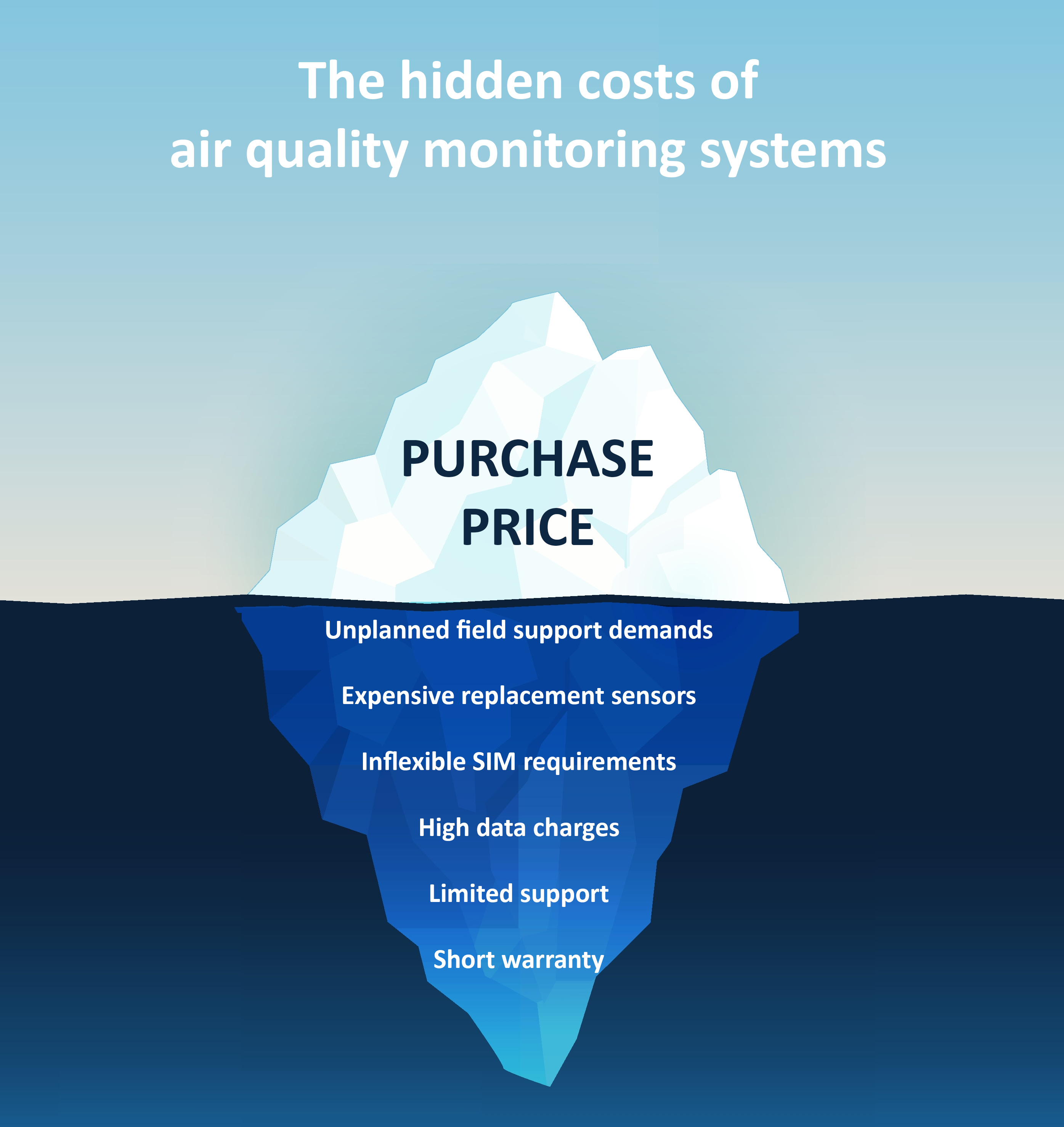 Anybody in the market for purchasing a small sensor air pollution monitoring system will need to consider budgets, but it’s not always obvious how the products being reviewed actually compare across their full operational life. A small sensor air quality monitoring system or network can be a significant purchase, so whether project-based or with ongoing monitoring in mind, it is likely that the equipment will be in use for several years. There are six main areas of cost highlighted here, all of which kick in after initial purchase.
Anybody in the market for purchasing a small sensor air pollution monitoring system will need to consider budgets, but it’s not always obvious how the products being reviewed actually compare across their full operational life. A small sensor air quality monitoring system or network can be a significant purchase, so whether project-based or with ongoing monitoring in mind, it is likely that the equipment will be in use for several years. There are six main areas of cost highlighted here, all of which kick in after initial purchase.
Without direct experience of a product, it’s natural that the focus is on the initial price tag, but that may only reveal part of the total cost. The weeks or even months spent researching products is a fraction of the time – up to 10 years – of expected product use and experience. A typical timeline of product experience will start pre-sale and run through installation, project set-up and data access arrangements, data quality assurance, planned and unplanned maintenance, co-locations and re-locations, updates, upgrades, reconfiguration, and so on. How much will you have spent – directly or indirectly – by the end of the product’s life?
Over the product’s span of operation, hidden costs can include:
- ‘Boots on the ground’ – field staff for installation, co-location, maintenance, repairs, product replacements, and so on. Some of this will be essential, but it can add huge cost if uncontrolled, particularly if units are installed far away from the team’s base.
- Consumables – sensors need to be replaced periodically, but how often and at what cost? Some systems require that sensors are replaced after a short time, can only be replaced as part of a multi-sensor cartridge, are very expensive, or a combination of these.
- Data services – whilst the charge is to cover the real cost of data processing and storage (not access), annual data prices vary considerably and add up over the years.
- SIM – an annual charge for a global SIM to connect the unit to a server is often cost-effective and convenient, but charges vary. This may depend on where in the world the unit is installed, but it’s worth checking prices and whether you have the option to use a local SIM, if that would be cheaper.
- Support – what is included in support? Is it limited in any way? Ask for examples of committed support of networks in challenging situations, well after year one.
- Length of warranty – this is a clear commitment from the manufacturer of what you should expect from their product: putting their money where their mouth is.
We have worked out that for two of the most popular AQMesh models (or specification) other products may be as much as 29% cheaper than AQMesh at initial purchase, but that flips to 31% to 70% more expensive overall – including the initial purchase – after five years of use. This is based on quoted consumables, data and SIM costs, so there may be even more indirect costs that we have not included in our calculation. Whilst these additional costs can possibly be accommodated within budgets for a small number of pods, hidden costs can scale at a rather alarming rate for larger networks.
It’s also worth checking how much flexibility you may have in the future:
- You may only be able to renew data services if you purchase replacement sensors
- Support may be limited in some way
- You may not be able to use a SIM of your choice
Your expectation of the product life may be different to the manufacturer’s, and that can apply in both directions. We have been asked to quote AQMesh pods, which we expect to function happily for 10 or more years, by customers who really want to buy a disposable product for a short project. If that is the case, rental is a great option. With all costs wrapped up into a single price, from three months to years at a time, costs are totally predictable and full support ensured, right through to free product replacement, should it be required.
AQMesh pods, with their robust and proven design, are expected to function in the field with minimal intervention for at least 10 years. The pods automatically come with a 5 year manufacturers’ pod warranty. We commit to – and deliver – lifetime remote support, included in the price. Remote firmware and gas processing algorithm upgrades come as part of any purchase, ensuring pods can always be updated to latest and improved versions for free.
The pods are designed to be user-serviceable, meaning only consumable components need to be replaced, rather than expensive cartridges which add cost through packaging and electronics. Consumables and yearly contracts can be purchased up front – with the initial pod order – ensuring visibility and security when it comes to future costs and maintenance, as well as appropriate discounts. Practical maintenance videos ensure that any time spent by your team is as efficient as possible, so you can plan ahead with resources and avoid unexpected demands. The team at AQMesh have been supporting pods in remote locations for over a decade, learning from our experiences along the way to ensure you get the right support exactly when you need it.

